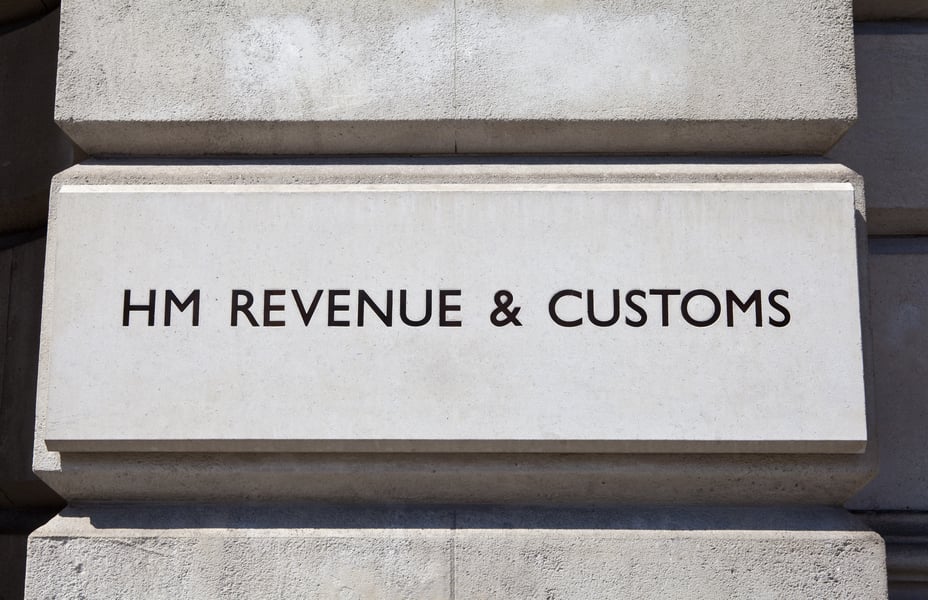The data also shows that non-residential property transactions in Q2 2021 were 12% higher than in Q1 2021, and 79% higher than in Q2 2020.

Residential property transactions in Q2 2021 were 9% higher than in Q1, and 175% higher than in Q2 2020, according to the HMRC Q2 Stamp Duty Statistics.
The HMRC data also found that non-residential property transactions in Q2 2021 were 12% higher than in Q1, and 79% higher than in Q2 2020.
Total Stamp Duty Land Tax (SDLT) receipts in Q2 2021 were 12% higher than in Q1 2021, and total SDLT receipts in Q2 2021 were 92% higher to those in Q2 2020.
Residential property receipts in Q2 2021 were 12% higher than Q1 2021, and 90% higher than Q2 2020 and non-residential property receipts in Q2 2021 were 11% higher than in Q1 2021.
The 2% surcharge on the purchase of properties by non-residents was introduced on 1 April, to date this has resulted in 2,700 transactions paying £19m.
HMRC said the increase in residential transactions in the last four quarters was impacted by the introduction of the SDLT holiday for residential properties and an ongoing strength in the housing market.
Looking to First Time Buyers Relief, up to Q2 2020 there were 540,900 claims that benefited from that relief, and the total amount relieved by these claims was £1.2bn over the period.
An estimated 84,700 transactions were liable to higher rates for additional dwellings (HRAD) in Q2 2021, with the 3% element generating £485m in receipts, a decrease of 70% from the previous quarter, and a rise of 125% compared to Q2 2020.
Conor Murphy, chief executive at Smartr365, said: “The stamp duty holiday lit up what was an already heated property market and today’s encouraging findings reinforce just how instrumental this initiative has been in creating the ‘busiest H1 on record’.
“The stamp duty holiday has positioned the property market as a key driver in the UK’s economic recovery and thankfully enabled many in the industry to retain their jobs.
"Most remarkably, the break has created a golden opportunity for both first-time buyers and second-steppers to move onto or up the property ladder, when they otherwise would not have had the financial means to do so.
“However, with just eight weeks until the tax break draws to a close, the government should now plan how it will support buyers in its wake. Permanent reductions to stamp duty will help ensure homeownership remains an accessible venture and that the market retains its buoyancy come the end of September.
"It is crucial that this period of greater accessibility and heightened demand is not just a flash in the pan.”
Stuart Wilson, corporate marketing director at more2life, added: “The stamp duty holiday has helped propel an already buoyant property market even further as the sector records one of its busiest periods ever.
"Today’s figures highlight the rush among prospective homeowners to meet the initial tax holiday deadline at the end of June.
"While much of the focus has been on the benefits of the stamp duty holiday for first-time buyers and second steppers, older borrowers have also been using this opportunity to find their forever home.
"At more2life, we have seen the proportion of over-55s using equity release to fund property purchases triple from 5% to 15% since the outbreak of the pandemic.
“However, the clock is now ticking with just eight weeks to go before the tapered holiday ends.
"A buyer purchasing the average property used for equity release can stand to save £3,000, but with advisers, lenders and conveyances continuing to face delays, it’s vital to not only work closely together but also to manage client expectations.
"Advisers must also ensure the process is as smooth as possible by working with their clients to prepare all the documentation required from the outset, while as much as 20 working days or more can be saved when clients engage with a specialist equity release solicitor.”
Cloe Atkinson, managing director of Mortgage Engine, said: “Today’s figures show how the stamp duty holiday successfully boosted demand from buyers right up until the final deadline.
"The high levels of activity the housing market has been able to sustain since the market reopened in 2020, despite the difficulties imposed by the pandemic, show the success of this policy and are also testament to how adaptable and innovative the property industry can be.
“There is, however, still more work to be done. While the tax break boosted the number of house sales, a lot of the savings for buyers were swallowed up by soaring house prices.
"As the tax holiday comes to an end and prices continue to rise, it’s more important than ever that the industry to addresses issues around affordability and accessibility, particularly for those who have been financially impacted by the pandemic.
“Investing in the right technology now is going to be crucial to the future of the market.
"Innovation like open banking has the power to make the mortgage application process more accessible, especially for borrowers with more complex financial histories.
"At the same time innovation in this area will also allow for faster and more efficient lending decisions.
"The industry has come a long way since the market re-opened last year, it’s vital that it sustains this momentum and doesn’t settle for a return to the status quo.”



